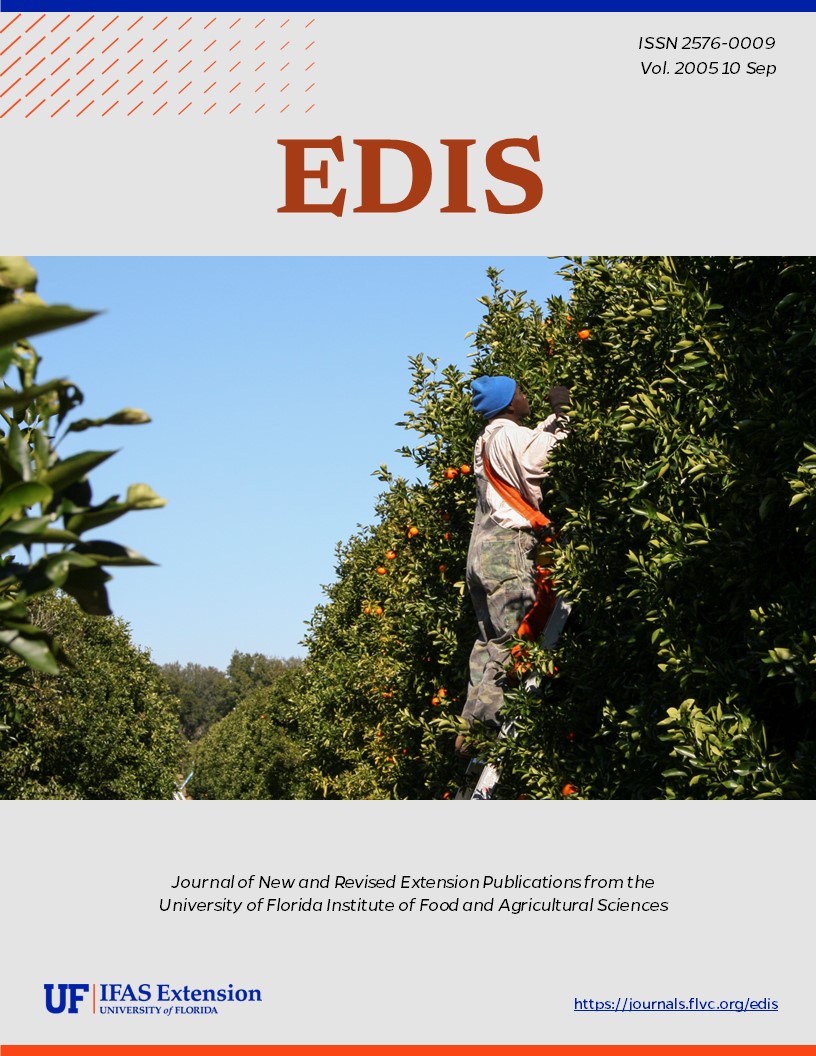Abstract
An invasive weed is a nonnative plant that exhibits rapid population growth following its arrival in a new environment where it did not evolve. The success of the weed in its new habitat is due in part to the absence of the natural enemies that normally limit its reproduction and spread in its native range. Classical biological control seeks to reunite an invasive weed with one or more of its co-evolved natural enemies to provide permanent control of the weed. This document is ENY-828, one of a series of the Department of Entomology and Nematology, Florida Cooperative Extension Service, Institute of Food and Agricultural Sciences, University of Florida. Published: May 2005.

